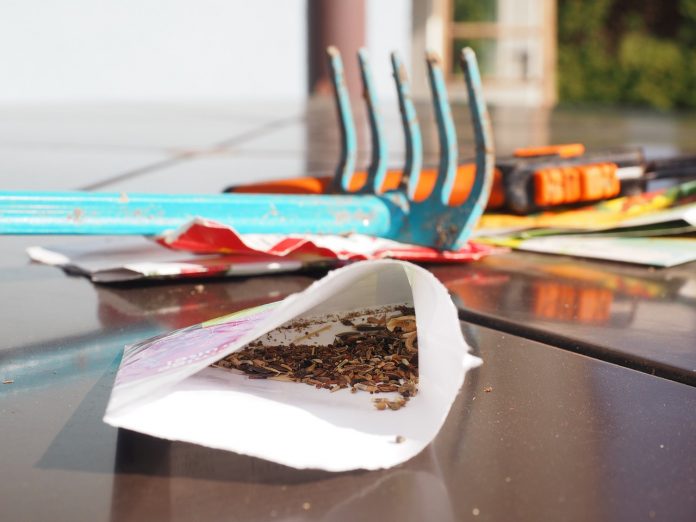Gardening is one of the most rewarding hobbies I have ever had. You plant a tiny seed and spend hours upon hours tending to it and all the other little seeds — watering, weeding and monitoring.
Then, you eventually get to harvest. You get to physically pick the reward from all your hard work. So, yes, it’s time-consuming, but it is also rewarding!
One way to take your passion for gardening to the next level is to save seeds from your harvest instead of buying them each year. When saving seeds, save them from healthy plants that produced well. By doing this each year you will grow plants that are more and more suited to your area and will provide a more fruitful harvest.
Whether you are a vegetable gardener or a flower gardener, you can save seeds. Here are a few tips on how to do it.
Save the right seeds
Make sure to save seeds from open-pollinated or heirloom varieties. Seeds from these varieties will produce the same plant year after year. Hybrids, on the other hand, are a cross between different varieties and may not produce the same plant as the one you saved the seeds from.
For example, last year I saved seeds from a hybrid Cushaw pumpkin. It didn’t look like a pumpkin though — it had a round, green bottom and a long, curved, yellow neck. I planted those seeds and now I have perfectly round pumpkins coming up that are mostly yellow with a green bottom.
I am not at all upset about this, though, since I planted them for fall decorations. They are very eye-catching; but if my goal was to get more Cushaw pumpkins, I might not be as happy.
Beware cross-pollination
Cross-pollination is another concern when saving seeds. Cross-pollination is when the plant from which you are saving seeds has been pollinated by a similar variety of a different genetic code. The resulting seeds will have characteristics of both parent plants.
With situations like my fall decorations, I’m not too worried about cross-pollination because every year it’s a surprise what I’m going to harvest, but if you are looking to save something like pepper seeds, you may want to pay closer attention to what your plants may have crossed with.
If you grow bell peppers along with Carolina Reapers, watch out! Sure you can plant these two right next to each other, but if you save the seeds from the bell peppers, they will very likely produce a very hot pepper the next year.
To avoid cross-pollination, you can space your plants out. The recommendation for peppers is at least 30 feet, but even this isn’t a guarantee.
Bolting
For things like pumpkins, it’s easy to save seeds. When you cut open a head of iceberg lettuce, there are no seeds to be found. In order to save seeds from lettuce, cabbage and broccoli, you need to let the plant bolt.
Bolting is when these plants focus all their energy on seed production. At this point, the plant becomes very bitter, so you can’t eat your lettuce after it starts to bolt, but you can continue to let it grow and collect its seeds.
So if you want to harvest seeds from these crops, plant an extra plant specifically for seed production. Harvest the rest of your lettuce, cabbage and broccoli but save that one plant and allow it to bolt.
Tips for tomatoes
Tomatoes are another one to save seeds from that might not be as straightforward as you may think. In order to save tomato seeds, you need to ferment them. Take the goop that includes the seeds from inside a tomato and plop it in a mason jar with a little water and let it sit.
As it sits, the naturally occurring bacteria will begin to ferment and will break down the membrane on the outside of your tomato seeds. After almost a week, you will start to see distinct layers forming in your jar, one of them may be a layer of mold — that’s okay.
You can then drain your mixture, rinse the seeds and allow them to dry before storing them. Before storing your seeds, make sure they are completely dry and as clean as possible.
Store seeds in envelopes or a Tupperware container. Label your containers with the seed type, any specific notes about the plant height or color and the date. Also make sure you write down if the seed requires any special preparation prior to planting like chilling, soaking or scarring.
Then, place your seed containers in a dry area out of direct sunlight. Although these seeds will still germinate several years after collecting them, they will gradually decline in germination rate.
Saving seeds is just an easy way to save a little money and a trip to the store. Just remember to collect seeds from the healthiest plants, at the right time and store them properly.













